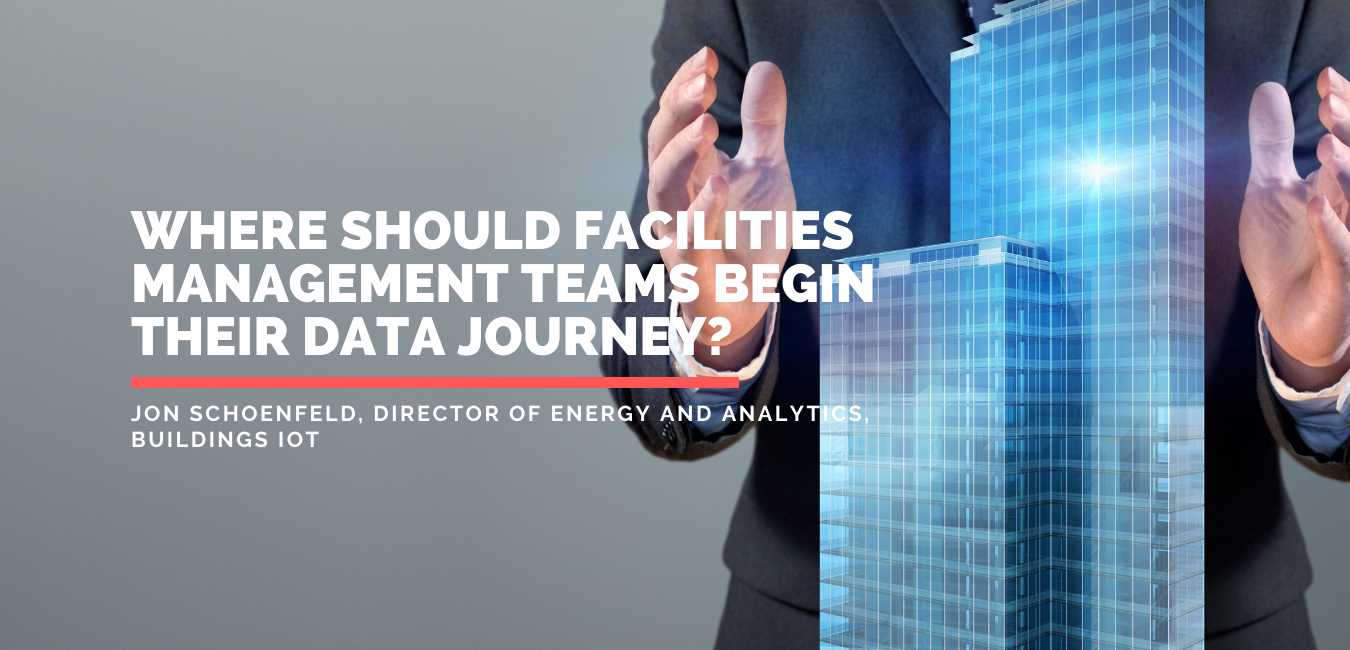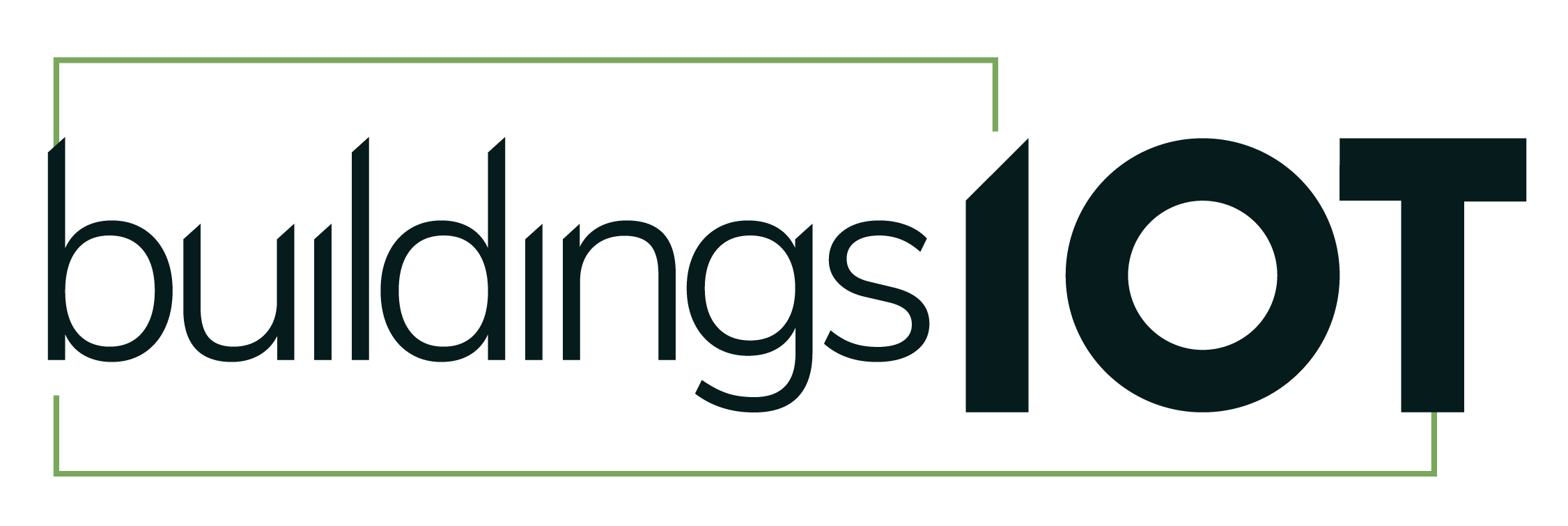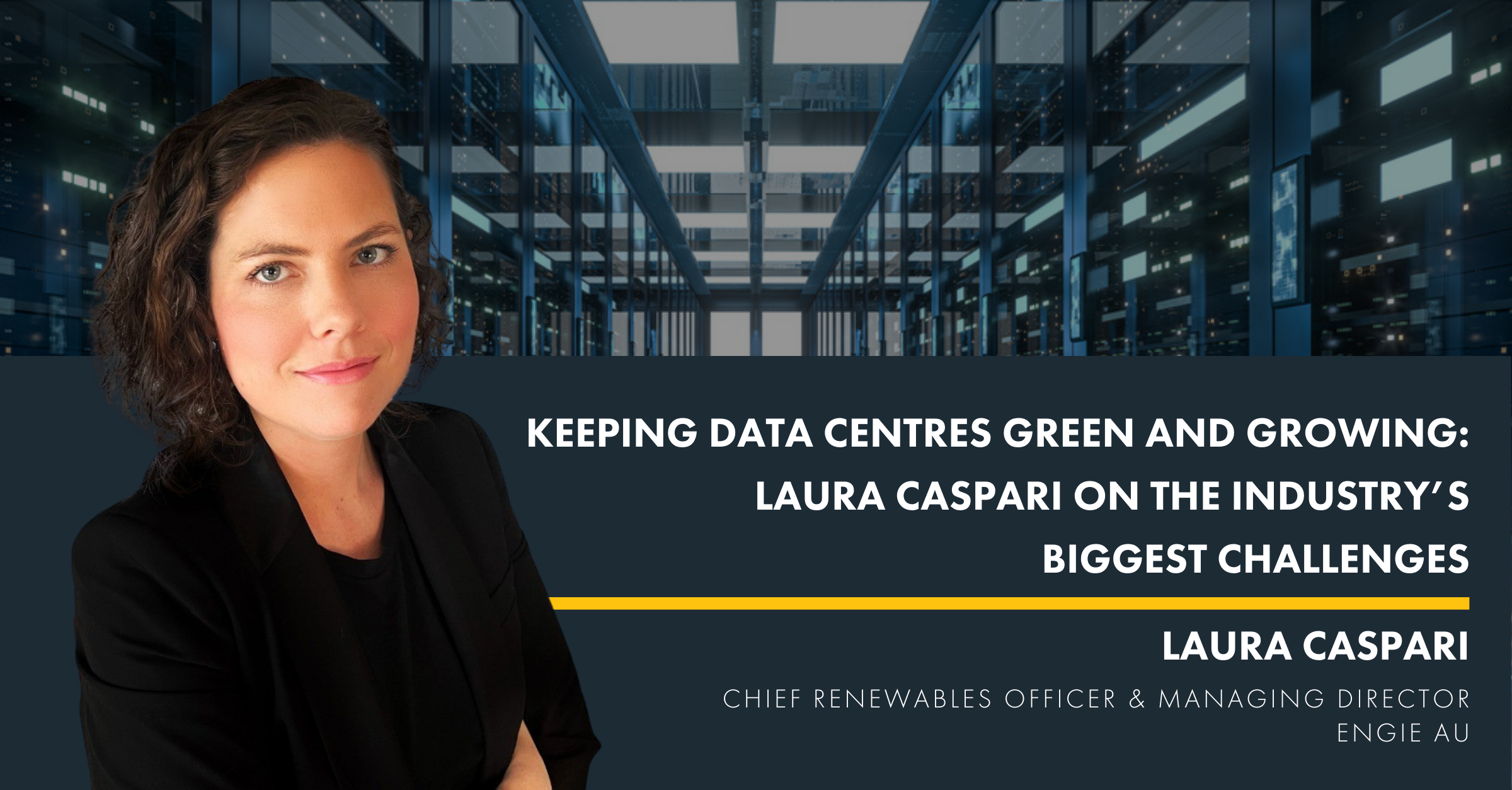Big data is an essential part of managing commercial facilities’ energy consumption and building conditions. However, unorganized and unprioritized data generated by a complex network of components can be difficult to decipher. The sheer volume of data can compromise visibility into systems and obscure critical information. An intelligent analytics platform allows that data to become actionable and opens up opportunities for transforming facilities management by:
Making it easier to track efficiency, maintenance and operational business goals.
By using an intelligent analytics system created specifically for facilities managers, real-time, actionable insights can be used to optimize operations in prioritized performance areas. From space utilization to building occupancy and equipment operations, data can unlock opportunities across systems and provide value to various stakeholders in building and property management companies.
Once you have a system that can show you the data in a unified, easy to navigate interface, you’re well on your way to being able to take action on the insights that are generated.
Ensuring optimal operation and space utilization, effective sensor monitoring, useful fault detection.
With data that points to system vulnerabilities, maintenance efforts can be efficiently directed to focus on only the devices that are reporting faults at any given time. You can also:
- Track historical data to streamline reporting and provide a baseline that can be used for planning future projects. Monitoring new equipment enables data that can be cross-referenced with historical maintenance logs to evaluate relative maintenance requirements. Layering in occupancy data from a network of sensors throughout your building can enable teams to undergo space utilization analysis and provide recommendations for repurposing areas that are underutilized or change ventilation strategies for high-traffic parts of the building.
- Monitor energy consumption on a per facility basis and identify specific equipment or operational issues that may be causing excess usage and waste. Then, do something about it based on recommendations provided in monthly reports and insightful dashboards.
- Capture data from your BMS that might not otherwise be clear to help diagnose faults before they even happen.
- Streamline system service by reducing scheduled maintenance efforts that may not be contributing to efficient facilities management.
- Address operational concerns for equipment that may require efficiency improvements.
- Correlate occupancy to space utilization and equipment operation from a single pane of glass.
- Limit nuisance and false alarms by defining rules and automated response actions.
- Simplify repairs and maintenance. Unnecessary equipment downtime, occupancy comfort complaints, and inefficient operation often result from issues that could have been identified proactively. Intelligent reporting can isolate problems and point to issues needing immediate action.
Creating a unified data model that is visible to building operators without having to go through proprietary system contractors.
By using a standardized naming and tagging ontology for normalizing data for the specific aspects of the system where data gathering is important, a clear view of the system’s operation and the building’s overall utilization can be constructed. With a structured approach, an unorganized and overwhelming volume of data can be harnessed to create a centralized dashboard that provides important insights, without the expectation of human intervention to sift through the data.
Optimizing and automating analytics.
Valuable capabilities can be gained by going beyond the display of centralized data. Using real-time equipment-specific rules based on pre-defined logic, systems can gain intelligent automation functions in addition to reporting valuable stakeholder information in a user-friendly way.
Providing mobile access and real-time, remote central dashboard insight.
his optimizes visibility of high-priority data and reduces the need for time-consuming site visits.
By starting their data journey with analytics, facilities managers can achieve energy and conservation goals, initiate preventative maintenance assurance, conduct advanced space utilization analysis, and provide greater assurance on future issues that may need to be addressed. Additionally, creating strategies for and tracking progress toward specific goals such as carbon neutrality, occupant comfort, and air quality becomes easier.
Case Study: University of Melbourne
The University of Melbourne in Australia serves as a striking example of how big data and intelligent analytics can improve facilities management. The university—with 200+ buildings across 5 campuses and 8 million+ square feet of space—identified several areas for facilities improvement, including major data integration, energy efficiency, cost savings, and occupant comfort. onPoint Analytics was selected as a custom analytics provider for integrating nine different proprietary systems across the campus.
Through a partnership with a leading systems integrator Controltech, onPoint provides an analytics suite for monitoring and reducing carbon dioxide use, lowering preventative maintenance costs, improving stakeholder comfort, and assisting in the evaluation of mechanical contractors against their performance contracts. While Controltech worked closely with the University’s IT department to prepare for data transfer, onPoint was integrated using secure cloud-based connectivity.
Controltech worked with UM to improve data integration, analytics, and streamline overall building operations. Initial steps involved reviewing on-premise systems that could be upgraded or consolidated. onPoint’s team of experts identified the tags and naming conventions using Haystack standards and onPoint’s reports have become an integral part of the University’s operations and evaluations protocols.
The initial work involved two pilot deployments of onPoint to address issues with specific buildings’ BMS that would not have been uncovered without the use of comprehensive analytics. Controltech used onPoint during these pilots to determine where to direct maintenance efforts, inspecting specific devices exhibiting faults. Historical data was evaluated in order to streamline data flow for future university projects. With the success of the two pilots, University of Melbourne continued its engagement with Controltech and still relies on the analytics provided by onPoint for a growing number of buildings in the university portfolio.
Expanding the Possibilities of Facilities Management
If you’re asking where should I begin on big data for my facility? intelligent analytics are the answer. Facilities management based on simple BMS big data reports without intelligent analytics may lead to inefficiencies and ill-equipped systems. But when operations are seamlessly integrated with the intelligent reporting of onPoint analytics, an increased understanding of system metrics and performance is established, modernizing buildings with a total facilities management platform.
Smart & Healthy Buildings Summit
Brian Turner, Chief Executive Officer of Buildings IOT will be speaking at our upcoming Smart & Healthy Buildings Summit, taking place from 23-25 March 2021. Featuring world leading speakers and case studies, the Summit will examine the strategies, processes and technologies needed to create buildings that offer greater transparency about who is in them, how they are used and how well they are functioning.







